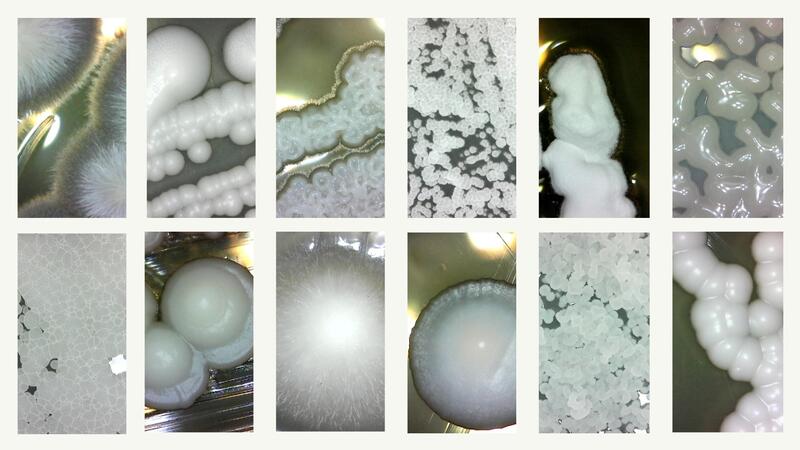News
These Jacks-of-all-trades are masters, too
In a landmark study based on one of the most comprehensive genomic datasets ever assembled, a team led by scientists at the University of Wisconsin–Madison and Vanderbilt University offer a possible answer to one of the oldest questions about evol
Trying to understand how the structural polymer lignin is deposited in plant tissues is a bit like trying to understand bone growth in a human: it is very tricky to observe in a living specimen.
In their quest to make cellulosic biofuel a viable energy option, many researchers are looking to marginal lands—those unsuitable for growing food—as potential real estate for bioenergy crops. However, few people have asked: how do farmers feel about using their marginal lands for fuel production?
Last year, biofuel researchers at Michigan State University (MSU) published a study on an accelerated process for converting cellulosic—or non-food—plant biomass to ethanol in a quarter of the time it usually takes.
For 10 weeks during the summer of 2013, six students participated in GLBRC's Research Experience for Undergraduates (REU) program at UW-Madison. They came from as far away as Puerto Rico, and all were low income, minority, and/or first in their family to attend college.
For nearly a decade, scientists have thought that they understood how plants produce lignin—a compound that gives plant tissues their structure and sturdiness, but can limit their use as a source of biofuels.
On July 22nd, more than 80 congressional staff members gathered at the Rayburn House Office Building in Washington, DC for a Q&A-style briefing intended to update the House Science and National Labs Caucus on the latest progress of the Department of Energy (DOE) Bioenergy Rese
A new biomass breakdown method being developed by researchers at the Great Lakes Bioenergy Research Center (GLBRC) and the Los Alamos
Jacob Backhaus
Jacob Backhaus of the University of Wisconsin-Madison talks about what researchers are looking for in an ideal renewable fuel that could replace fossil fuels without any perceivable difference to the consumer.
The flight of stairs between the ground floor and the basement of the University of Wisconsin-Madison’s Engineering Research Building separates a tranquil academic hallway from what looks—and smells—like a busy mechanic’s garage.
MADISON - The U.S. Department of Energy (DOE) has awarded the University of Wisconsin-Madison $25 million per year to fund the Great Lakes Bioenergy Research Center (GLBRC) for another five years.




